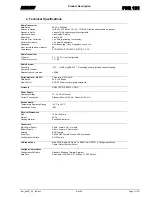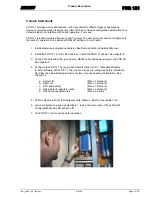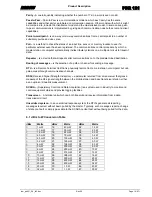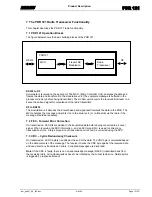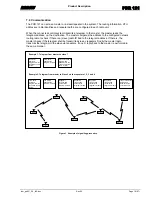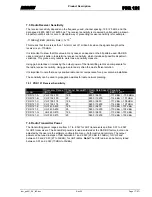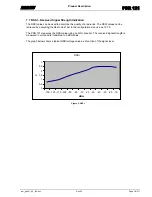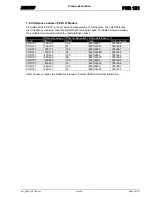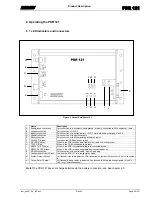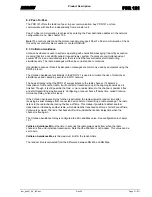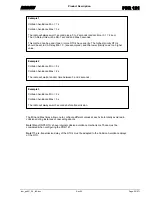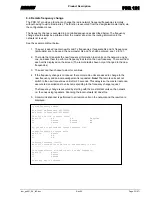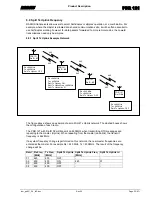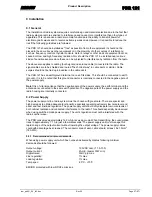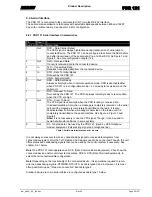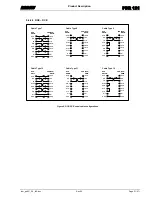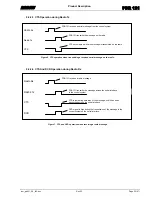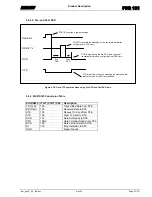
RADIUS
Product
Description
PDR 121
iom_pdr121_04_r02.doc
Rev 02
Page 25 (67)
8.9 Split Tx Uplink Frequency
RADIUS transceivers allow users to select half-duplex or simplex operation, or a combination. For
example where the master is situated at a shared communications site, it will be often essential to
use half-duplex working, however for data packets forwarded to more remote radios, the onward
transmissions need only be simplex.
8.9.1 Split Tx Uplink Example Network
The figure above shows an example of a small Split Tx Uplink network. The dashed boxes shows
the configuration of each radio.
The PDR 121 with Ra ID 02 will transmit on 440 MHz when transmitting RTU messages and
repeating to the master. (Uplink). When repeating from the master (downlink), the transmit
frequency is 442 MHz.
If a system frequency change is performed on this network, the new master frequencies are
entered at the master. For example Rx = 445 MHz, Tx = 450 MHz. The result of the frequency
change will be:
RaId Rx
Freq
[MHz]
Tx Freq
[MHz]
Split Tx Uplink Split Tx Uplink Freq
[MHz]
Split Tx Uplink Id
01
445 450 OFF
-
-
02
450 450 ON
445
01
03
450 450 OFF
-
-
04
450 450 OFF
-
-
442
442
442
442
440
442
PDR 121
Ra ID:
01
PDR 121
Ra ID:
02
PDR 121
Ra ID:
03
PDR 121
Ra ID:
04
Rx = 440MHz
Tx = 442MHz
Split Tx Uplink = OFF
Rx = 442MHz
Tx = 442MHz
Split Tx Uplink = ON
Split Tx Uplink Freq = 440MHz
Split Tx Uplink Id = 01
Rx = 442MHz
Tx = 442MHz
Split Tx Uplink = OFF
Rx = 442MHz
Tx = 442MHz
Split Tx Uplink = OFF

